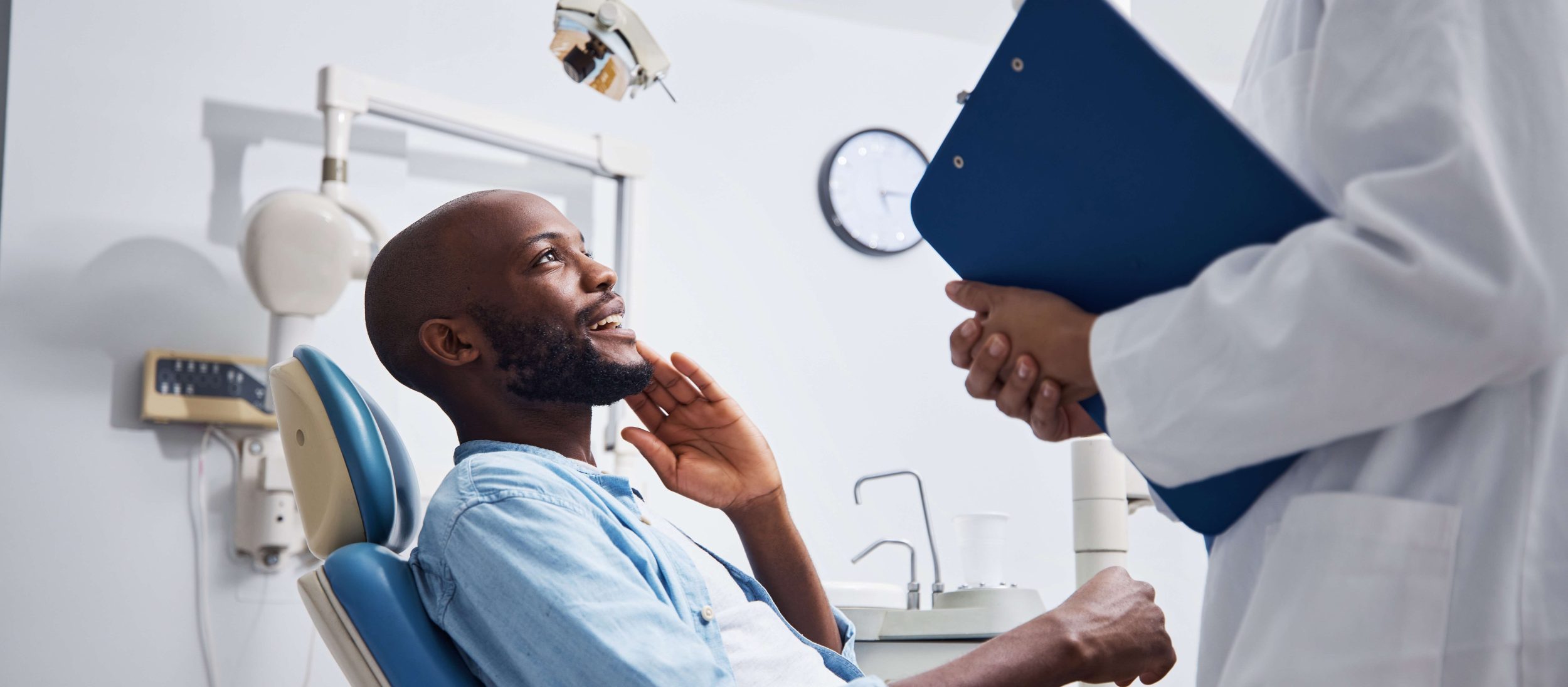What teeth whitening options are there?
There are many whitening options, from OTC toothpastes, rinses and strips, to take-home whitening.
How do whitening products remove surface stains?
Certain products may remove surface stains by using abrasion or through a chemical reaction. Whitening toothpastes may contain silica molecules that polish the enamel. Rechargeable toothbrushes such as Oral B Braun use the action of the bristles on the tooth surface to remove the stains.
How do whitening products remove stains below the enamel?
Whitening products including hydrogen peroxide or carbamide peroxide, which cause a chemical reaction that breaks apart the carbon bonds that create yellow stains. Once the bonds are broken, they no longer reflect a yellow color.
Is teeth whitening safe for my teeth?
As you would with any product you use on your body, be sure to follow the teeth whitening directions carefully. Some whitening products can irritate your gums or cause undue sensitivity if used improperly or too often.
The safest way to whiten your teeth is under the supervision of your dental professional who will assess your overall oral health, the health of your teeth and know the history of your teeth. For example, if your dental professional knows that you are prone to sensitivity, he or she may recommend a gentle formulation to ensure you get the results you are looking for with a treatment that you will enjoy.
How long does my treatment last?
Most whitening services are designed to last for a long period of time, but relapse is not uncommon due to personal behaviors that restain your teeth.
At-Home Whitening
At-Home Whitening procedure is not a solution for all discoloration (e.g. darkening caused by cavities). Similarly, whitening does not work on all stains. Drs. Warren & Hardee are committed to helping you choose the best option for your personal situation. Some cases that are not appropriate for whitening procedures can be effectively treated with restorative options. Take home whitening procedures can whiten your teeth about 4 to 6 shades on a standard scale showing the range of teeth color.
At-Home Whitening (Bleaching) You may also choose to whiten your teeth at home. In this case, Drs. Warren & Hardee will fit a tray to your bite, and provide you with a mild whitening gel. Over a course of weeks or months, you regularly apply the gel to your teeth using the tray. This method is more gradual, and less noticeable to others. In rare instances, some patients experience gum sensitivity or discomfort in response to the gel.



